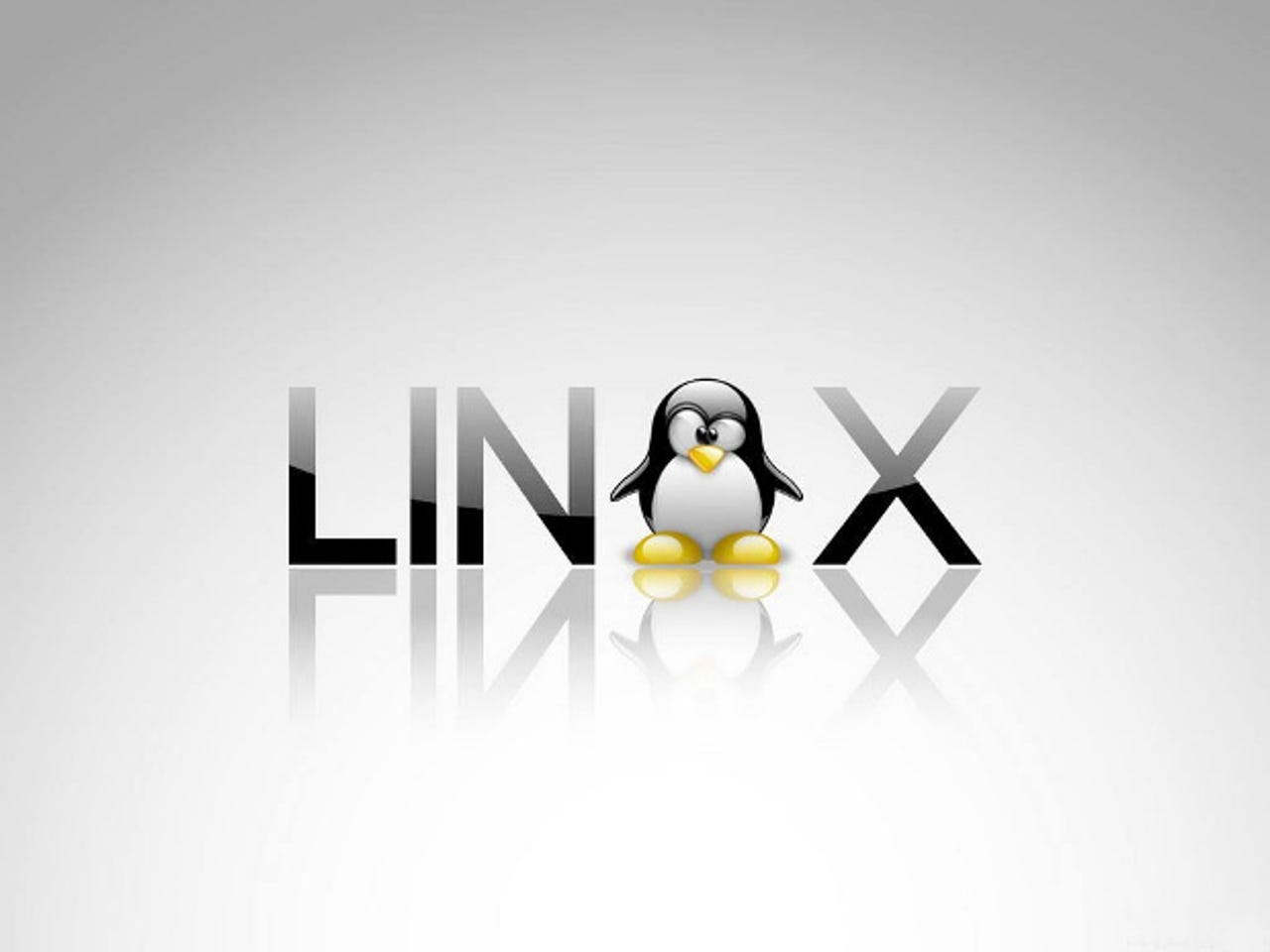5 top Linux and open source stories in 2013


Linux has long ruled some areas of computing such as supercomputing. But in 2013, Linux and the open source method of developing software started to quietly dominate all aspects of computing, from cars to the cloud, and end-user computing, thanks in part to Android and Chrome OS.
I've been watching Linux since its first days over 20 years ago and even I've been impressed at its forward movement in 2013.
Here are the top five developments as I see them. I'll guarantee that some of them you've never heard of, but believe me when I say you will be influenced by them in the years to come. No matter what kind of computing you're involved in, you're going to be using Linux and open source software.
1. Open source software methodology goes everywhere
It's rare for developers these days not to use or create open source software. Even Microsoft is putting more energy into its open source efforts, such as Node.js, a tool/framework that uses JavaScript as its scripting engine. After all, Microsoft even helps build Linux these days.
But also what surprises me is how major companies of all sorts have united under the leadership of The Linux Foundation to create open source projects to unify their efforts
In 2013 alone, The Linux Foundation brought together the AllSeen Alliance for the Internet of things; OpenBEL for open source biological research; OpenDaylight, for almost all the Software-Defined Networking (SDN) companies; and Open Virtualization Alliance, and Xen Project for KVM and Xen virtualization.
And it's not just The Linux Foundation. Facebook's Open Compute Project has brought open source methodology to the data center. Juniper with Contrail has its own open source SDN take. And, Apache continues to make advantages projects such as Hadoop for Big Data and Lucene and Solr for search.
What all these projects have in common is that they're bringing together old enemies to work together. These companies are doing this not because there's anything magical or politically correct about open source. They're using open source because it enables them to create the best software at affordable rates. Pragmatically speaking, companies have decided it makes better business sense to share unified, open software than to create fragmented, proprietary programs.
2. The rise of the Chromebook
You can argue how popular Google's Linux-powered Chromebooks really are, but here are a few more facts showing that Chromebooks are quickly gaining users.
Dell, the last major OEM to not have a Chromebook, is releasing its first Chromebook in early 2014. Consumer electronics giant LG will also be releasing a new form factor for Chrome OS: the Chromebase. This is an all-in-one (AIO) PC that combines Chrome with a 21.5-inch display with 1,920 x 1,080 full HD resolution.
It also appears that Android is making more of a move to the desktop. According to reports, "PC Plus" machines are on their way. These laptops will include both Windows 8.1 and Android. These first of these will be unveiled at the CES expo in Las Vegas in January.
With Windows 8.x's uphill struggle to gain market-share as quickly as previous versions, and Microsoft with its Surface devices now competing directly with its PC partners, it's no surprise that Linux-based desktop competition beyond hard-core Linux users has finally started to emerge.
3. SteamOS: Mainstream Linux gaming arrives
Nothing underlines this shift in desktops more than Valve, a major PC gaming company, releasing SteamOS. This is a Debian-based Linux that's expressively designed for Linux PC gaming.
Like those other companies that have invested in Linux and open source software, Valve isn't doing this because they have warm, fuzzy feeling about Linux. No, Valve has released its own desktop Linux, and Steam Machines, dedicated Linux gaming consoles, because, "Windows 8 is a catastrophe for everyone in the PC space," according to Valve's billionaire chief executive Gabe Newell earlier this year.
As far as Valve is concerned, Linux is the future of computing.
4. Clouds: Linux everywhere
You can argue over the rise of Linux on the desktop, but no one can argue about how influential Linux is in clouds. With the exception of Microsoft's Azure, all major cloud software platforms — including Amazon's EC2 cloud, Google Compute Engine, and the various OpenStack implementations — are all based on Linux and open source software. For that matter, due to popular demand, you can also run Ubuntu, CentOS, SUSE Linux Enterprise Server (SLES), and openSUSE on Azure.
If you're going to be using the cloud for IT soon — and chances are you will be — you're going to be using Linux. It's just that simple.
5. Android rules mobile
Featured
Away from the desktop, Linux, in the form of Android, already rules end-user computing. Android has a comfortable lead on smartphones over Apple iOS. And by the middle of this year, share in Android tablets blew past Apple's iPad line. The number one mobile operating system is now Android. The only real question is who will be in third place behind Android and iOS.
Indeed, with the continued decline of PCs, it seems possible that Android may yet become the single most popular end-user operating system on all platforms.
So, there you have it. In a year where there were no "big" Linux stories, Linux and open source continued to grow in every aspect of computing. The coming year will only see more of the same. The Linux Foundation's executive director Jim Zemlin recently declared that 2013 was the year of "Linux on Everything."
He was right, and we're only going to see more of Linux running everything in the years to come.
Related stories: